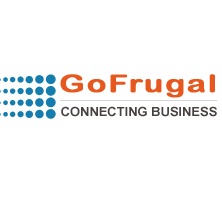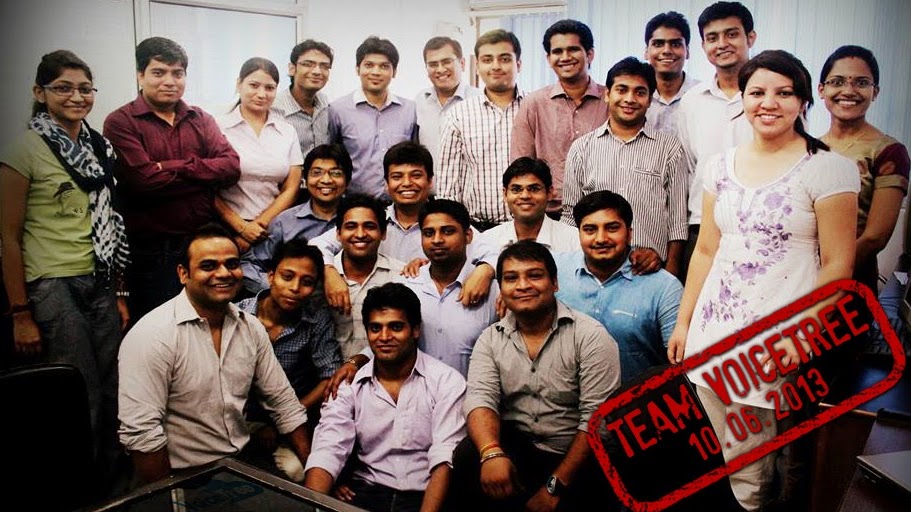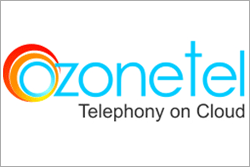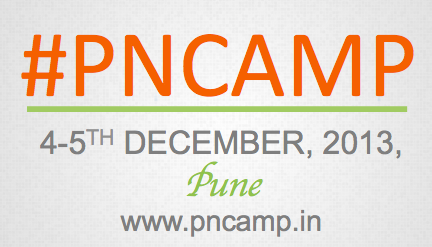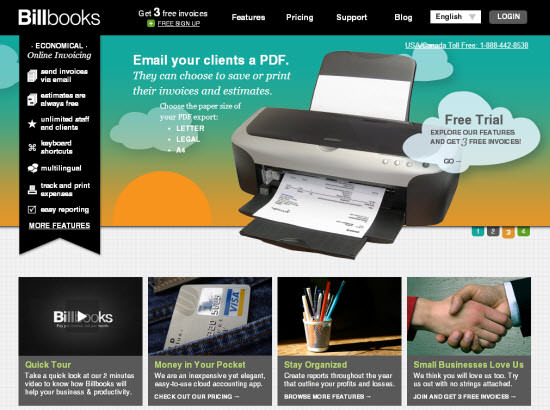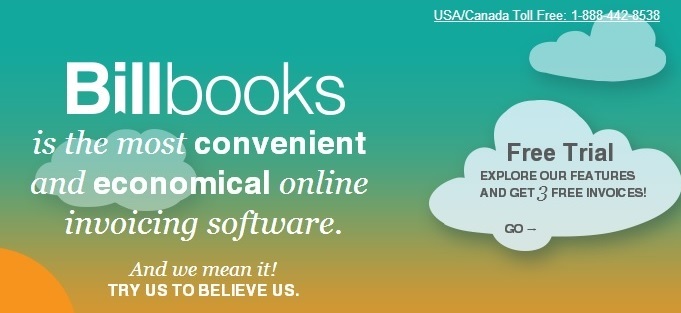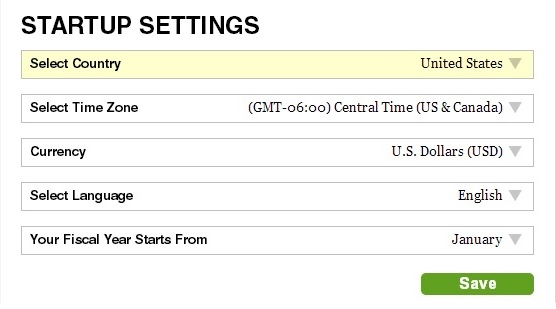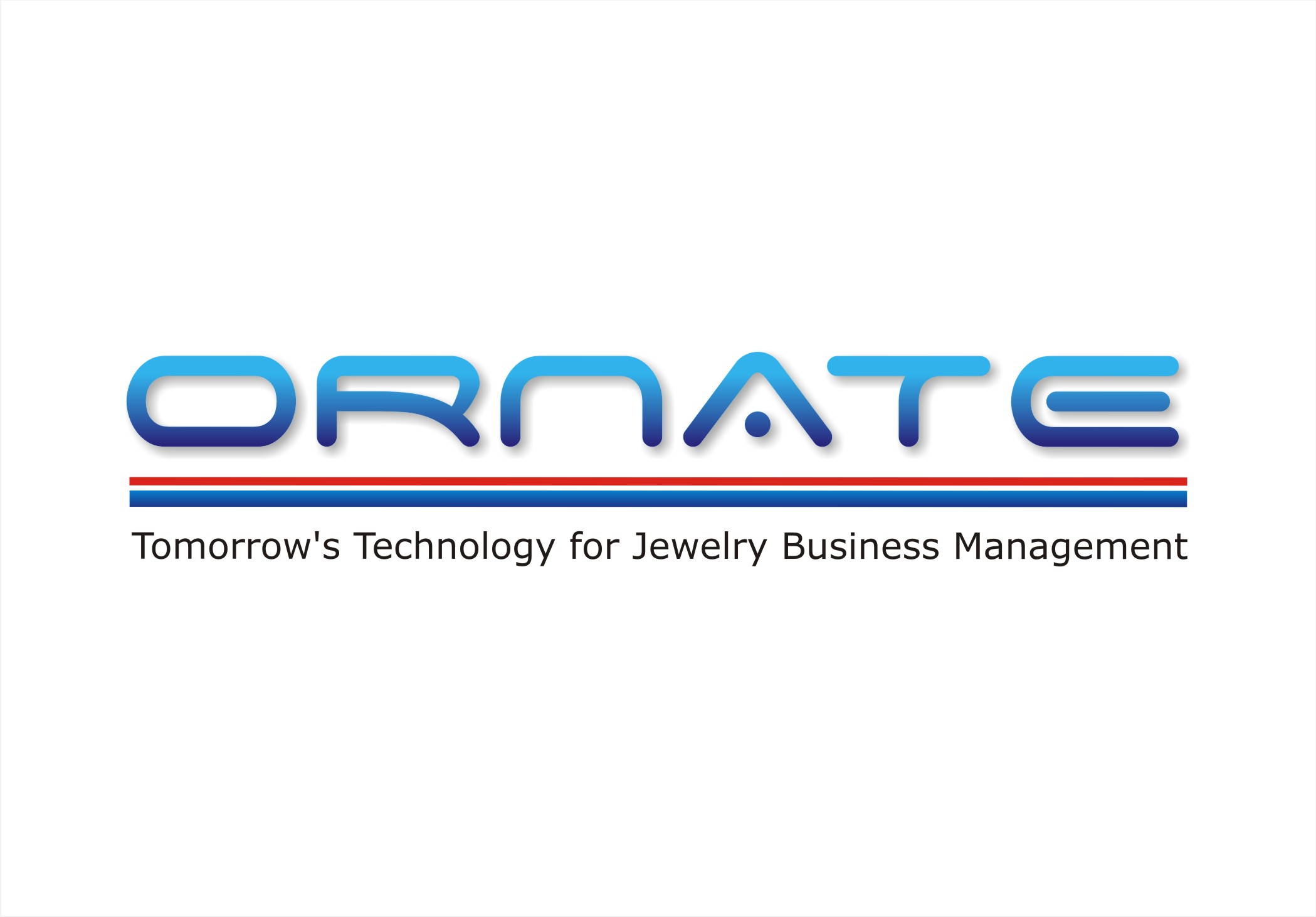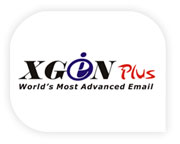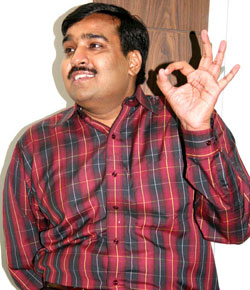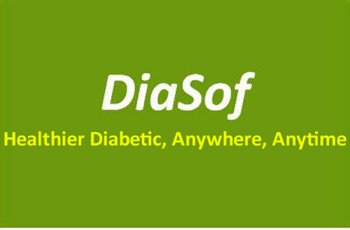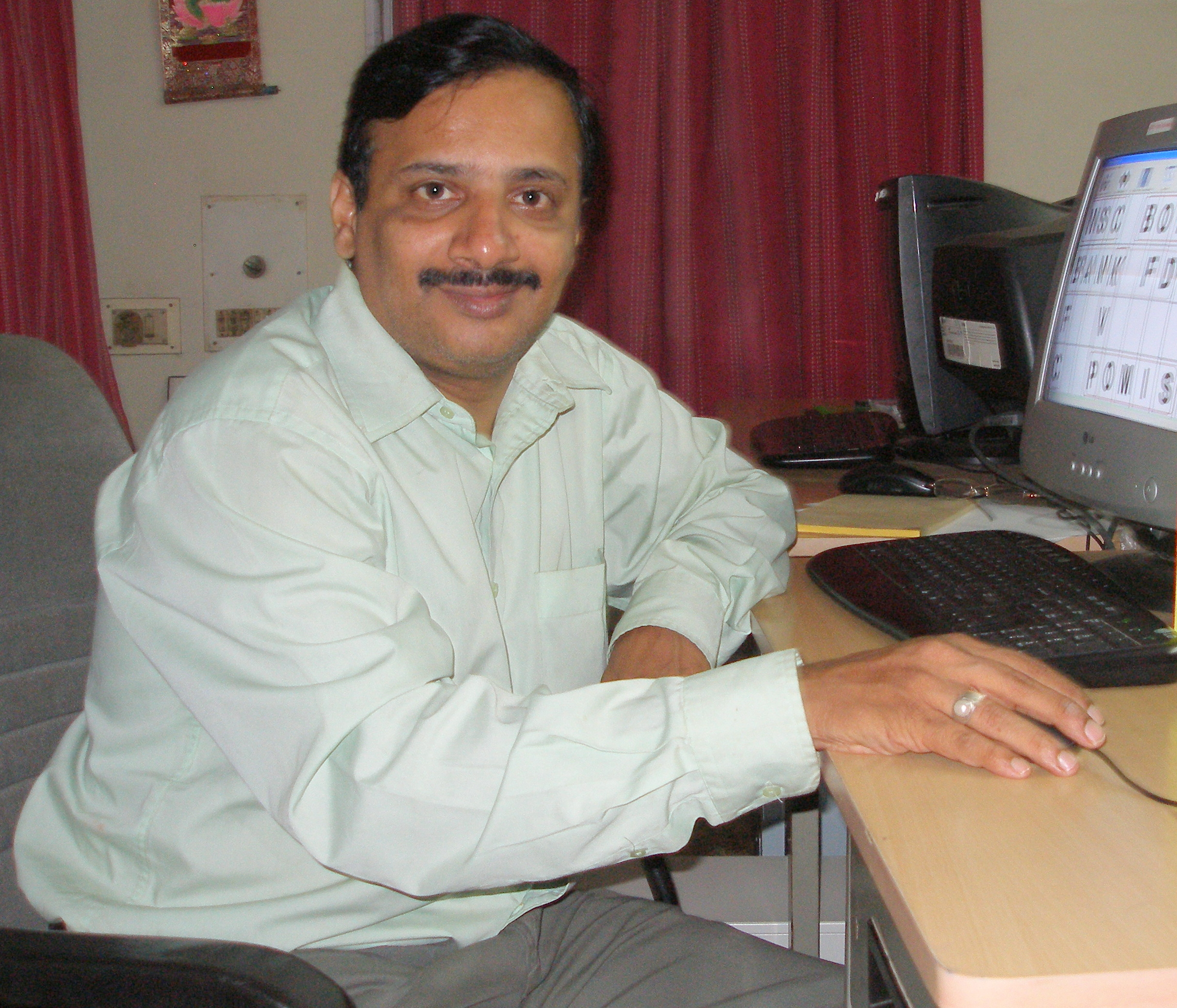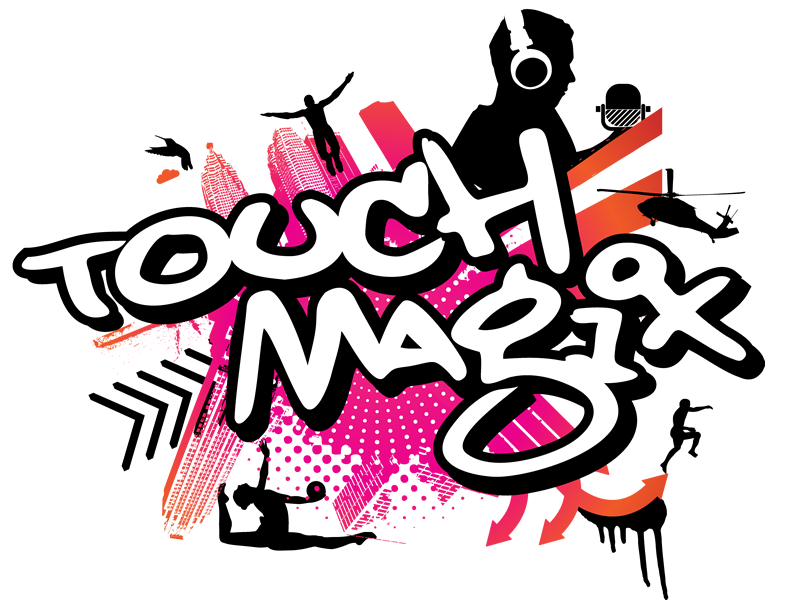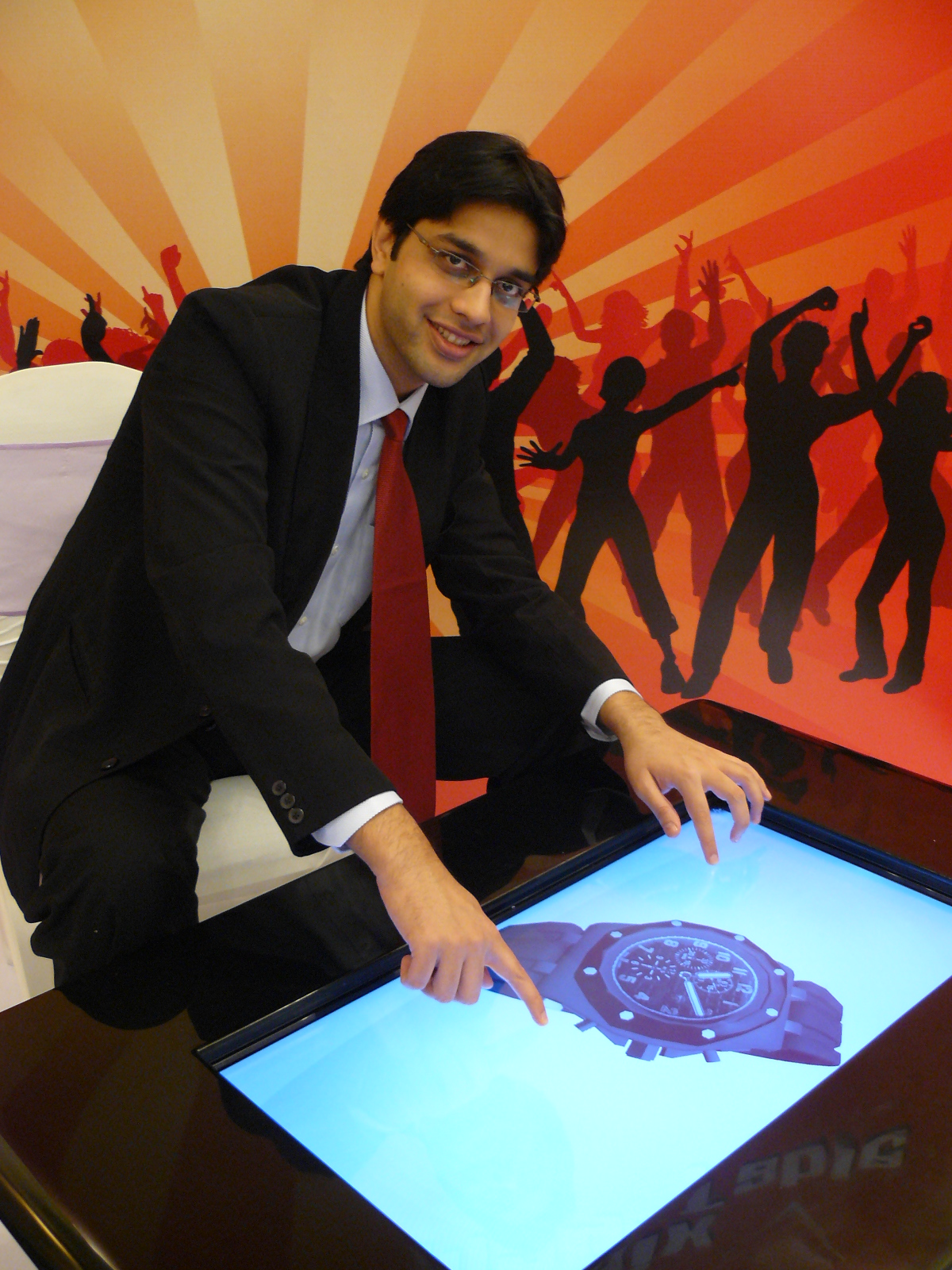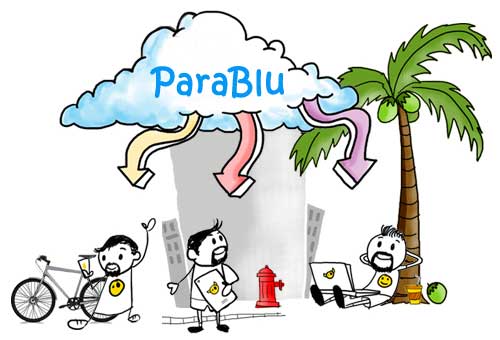You will find many of the articles on bootstrapping on the web. But today I would like to share with you how we developed our two products Shimbi CMS Budo and ShimBi MyBilling through Bootstrapping.
“The basics of bootstrapping is simple – Earn money, spend less” Jofin Joseph.
When we started ShimBi Labs in 2005; we had a clear vision that we will develop 4 best products for SMBs (Small and Medium size Businesses). But the situation was that neither we had enough funds to develop our products, nor an idea about products to be developed.
First and foremost challenge before us was to raise funds to build our dream products.
Bootstrapping
We had decided to opt for Bootstrapping (as no other options were available. Angel investor or VC will not fund any biz without even a product idea!) So our first focus was to have sufficient funds for the survival of the startup and then to invest in product developments. For that, we chose very unconventional market for Indian software company; we decided to focus on Japan as our primary market. Yes, market with high potential and hardly tapped by Indian software industry. At the same time, not an easy task to enter the industry if we had not lucky enough to get the industry veteran of Japan as our Mentor, who was courteous and introduced us to potential customers.
With 9 years of rich experience in providing services (software development and consultancy) in Japan, we got better insights into the problems that can later evolve into a product. We understood and learnt how to achieve the highest quality in any software. All this, later helped us build our own products.
While doing this we never forgot our original vision of building products for SMBs. We had to remain extremely careful to keep the service track completely independent of the product track. Thumb rule was: never use the same developer to be working on the services.
Product Ideas
So how we got ideas about Products?
Honestly we never brainstorm. “Necessity is the mother of invention” Exactly !!! that is what had happened.
1. Content Management System
As a service company, prime necessity is to have an official website with the ability to update it often. Being all techies in the company, as a founder; I was forced to quit coding and focus on all other activities necessary to run the business, which includes regular website updation. For this, I was in need of a website with easy to use CMS (Content Management System). Surprisingly, instead of using the existing solutions available, we built our own CMS. That’s how CMS Budo taken birth.
2. Online Invoicing Application
Next, it was essential to have Simple Invoicing Application.
Being all engineer company, we were reluctant to learn any accounting software. So I decided to learn few basic things, about how to write an invoice and started making them in Excel. Wow that was a huge mess, almost every second invoice was with some silly mistakes. Tracking them, save them in folders and send reminders was the big pain in the ass.
I decided to repeated the same idea (as CMS Budo) of having our own online invoicing application, instead of availing the solutions that already exists in the market. Later, it was named as ShimBi MyBilling! First we sold it as license version to 100s of customers, and now we converted it into SaaS (Software as a Service) model.
We realise that these softwares (Web Applications) are useful for us and making a lot of sense. Creating value, increasing efficiency. Now we can spend more time on our core competency.
We also realised that if these softwares (Web Applications) are useful to us then they can be useful to other SMBs too.
Find customers before you build
To validate our idea we started to communicate with our existing customers, and many of them were readily convinced. They asked us for demos; it was a great chance for us & we made use of the opportunity without any delay. Right after the demo, several feedbacks and customisations’ requests flooded in our mailbox. Hence, we decided to make CMS Budo and MyBilling generalize & convert them as a product useful to all. We convinced some of our customers to fund in the customisation and development of the product and in turn offered them a copy of the full product at a nominal price.
As a result, today both the products had crossed several iterations and versions in the market. All by bootstrapping. I strongly believe that the product must create value for small businesses than excite VCs.
- ShimBi MyBilling is available as SaaS
- and CMS Budo will be soon available as SaaS
Goal is to build Innovative Solutions … Simple, Powerful yet Affordable
Please share your experience of bootstrapping with us.
Guest Blog Post by Siddharth Deshmukh, Founder and CEO at ShimBi Labs. A passionate about product building. Single minded, manic, in pursuit of quality and excellence … I am an entrepreneur building our product – MyBilling and CMS Budo.




